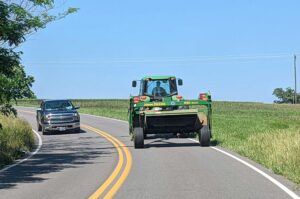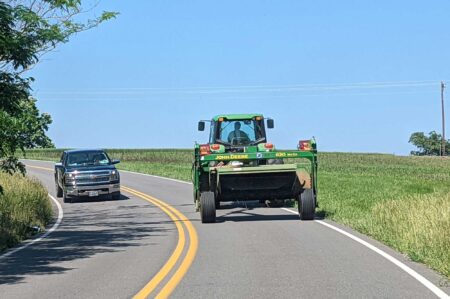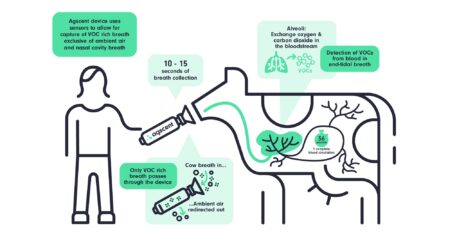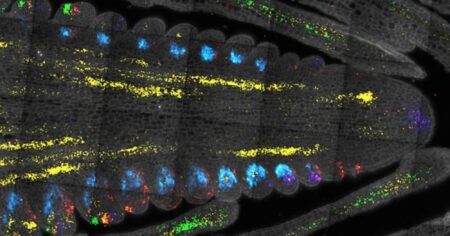According to the latest Crop Protection Network map, positive cases of tar spot have been reported in five Iowa counties so far this growing season.
“This is no surprise!” Iowa State University Extension Field Crops Pathologist Alison Robertson wrote in a recent blog post. “Every county in Iowa has a history of tar spot and consequently the pathogen is present.” Corn is grown in all 99 counties, which means the host is present, too.
First reported in the Corn Belt in 2015, the disease has been confirmed in Iowa since 2016. Tar spot has also been confirmed in Kansas, Nebraska, Missouri, Illinois, and Indiana this growing season.
What Should Farmers Do?
A Nebraska Extension Cropwatch article published June 20 recommends intensified scouting efforts in fields with a history of the disease or at higher risk.
“Don’t rush in when it comes to fungicide applications,” wrote Robertson. Multi-state fungicide research results show that applications made for tar spot management are most effective and economical when made between R2-R3, even when disease developed during early vegetative stages.
Illinois based agronomist Ryan Gentle stressed the importance of watching temperatures and humidity levels into July on a recent Wyffels Hybrids podcast episode. Large rain events where the corn stays wet for a long time can create ideal conditions for tar spot and other diseases to take off, he explained.
Positive 2025 Cases
Crop Protection Network
- Audubon County – June 16
- Madison County – June 16
- Poweshiek County – June 16
- Guthrie County – June 17
- Jone County – June 23
Iowa Corn Progress and Condition
USDA published the latest Crop Progress report June 23.
“Last week’s mix of hot temperatures, high humidity and blustery winds really made it feel like summer. Some areas across north-central Iowa received several inches of rain with other locations receiving uninvited hail and high winds,” said Iowa Secretary of Agriculture Mike Naig, following the report. “The warmer temperatures and increased chances for rain are likely to continue through the end of the month.”
Here’s a closer look at corn progress and condition across Iowa.
Corn Emergence
At 99%, corn emergence is nearly complete in Iowa, the report said. This is equal to the five-year average. Last year at this time, 97% of the state’s corn had emerged.
Corn Silking
USDA reported 2% of the state’s corn crop has reached the silk growth stage. That is ahead of both the five-year average and last year at this time.
Wyffels Agronomist Eric Wilson said, “Corn in southern Iowa looks very strong. Most is in the V8 to V12 Growth stage depending on planting date. Pollination is a ways off yet but things are growing rapidly and overall look very very good. Corn in the northeast corner of Iowa is a little later planted, but also going through rapid growth as well.”
Kelly Garrett farms in Crawford County on the western side of the state. “Our corn looks nice right now. We are not in the silking stage yet – still a few weeks away,” he told Successful Farming.
Natalina Sents Bausch
Corn Condition
USDA rated Iowa corn 1% very poor, 2% poor, 14% fair, 62% good, and 21% excellent for the week that ended June 22.
This is better than the national averages for the week, which were reported as 2% very poor, 4% poor, 24% fair, 56% good, and 14% excellent.


:max_bytes(150000):strip_icc()/SMinnesota1025-2000-83ff162cd24b4b0fb5065466fe80a0d5.jpg)
:max_bytes(150000):strip_icc()/r4d092124_rrd1-5d0657ac040743a2a4c5ebf998902de0.jpg)



:max_bytes(150000):strip_icc()/Tar20Spot20Fig20520web-12b760aec1dc456fb55fd04232ba8a4d.jpg)

:max_bytes(150000):strip_icc()/Markets-1-Cattle-dramatic-up-5-0687ebaec7fc487bac9c10a7f442eea8.jpeg)

